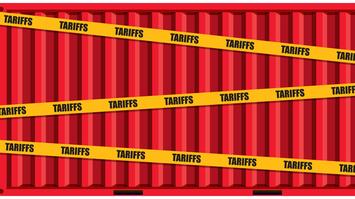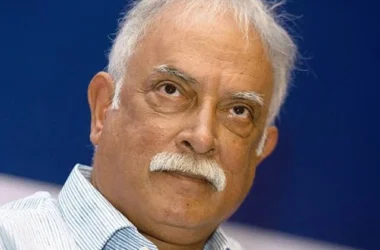On August 1, 2025, President Donald Trump signed an executive order implementing sweeping reciprocal tariffs on imports from approximately 70 countries and the European Union, effective August 7. The tariffs range from 10% (baseline rate) to a maximum of 41%, calibrated to match trade barriers imposed by each country on U.S. exports.
Key tariff rates include 25% on Indian exports, 20% on Taiwanese goods, 30% on products from South Africa, and 35% on Canadian imports not covered under USMCA rules. Some nations like Syria face the steepest rate at 41%, while others like Laos and Myanmar face 40% or higher.
The policy reflects Trump’s America First trade agenda, aiming to pressure trading partners into lowering their own tariffs and leveling the playing field for U.S. manufacturers. While some countries like Australia retained a 10% rate after diplomatic negotiation, many others remain under heavier duty structures.
Economists warn rising import duties could inflame inflation and raise prices for consumers and businesses, with tariff revenues poised to fund proposed tax cuts. Legal experts, meanwhile, question Trump’s use of emergency powers and point to ongoing judicial challenges.
#TrumpTariffs
#ReciprocalTariffs
#TradePolicyUSA
#TariffIncrease
#IndiaTariffs
#GlobalTradeTension
#TradeDeficit
#ImportDuties
#AmericaFirst
#EconomicImpact








